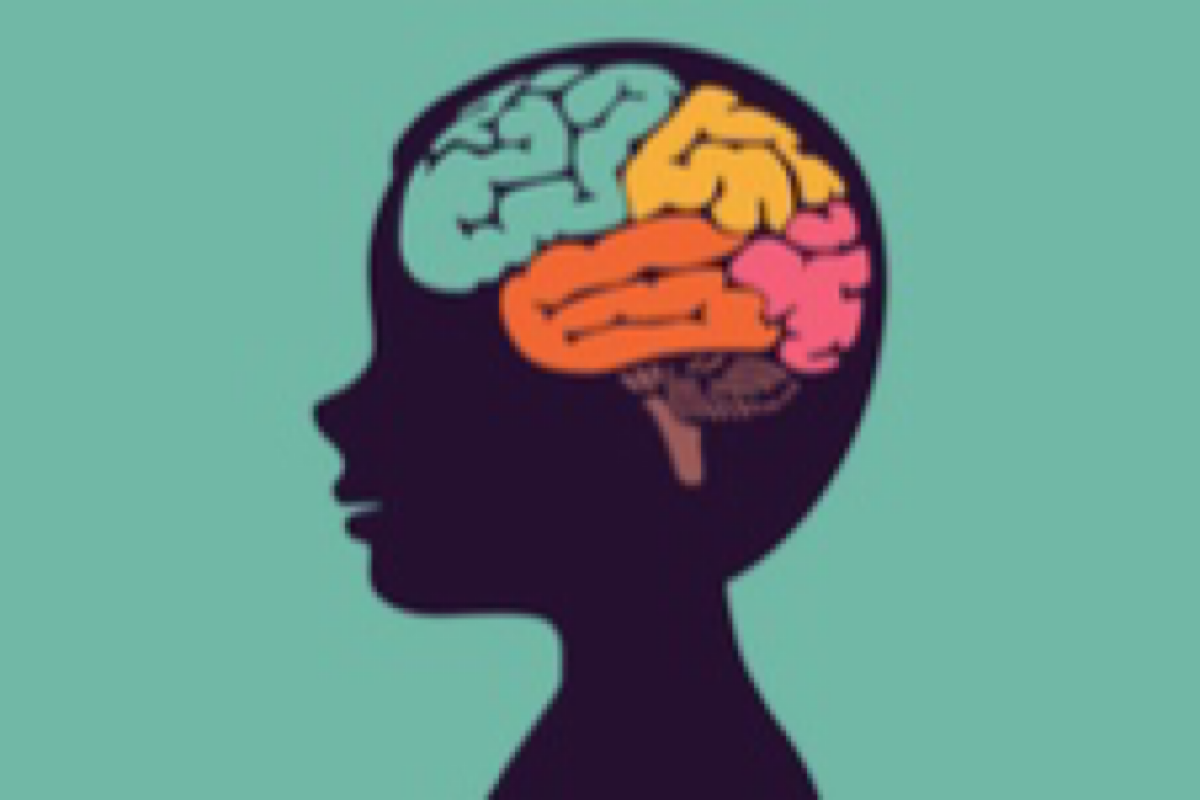TXT’s Yeonjun reveals his first big break came from unexpected insider connection
Ahead of making his debut with the group, he bagged a spot on TV as an advertising model for the iconic ramen brand.
Time spent watching television or playing computer games has measurable and long-term effects on children’s brain function, according to a review of 23 years of neuroimaging research, which while showing negative impacts also demonstrates some positive effects.

How tech devices impact kids’ brain functioning
Time spent watching television or playing computer games has measurable and long-term effects on children’s brain function, according to a review of 23 years of neuroimaging research, which while showing negative impacts also demonstrates some positive effects.
However, the researchers stop short of advocating limits on screen time, which they say can lead to confrontation. Instead, they urged policymakers to help parents navigate the digital world by promoting programmes which support positive brain development.
In particular, the research finds screen time leads to changes in the pre-frontal cortex of the brain, which is the base of executive functions such as working memory and the ability to plan or to respond flexibly to situations.
Advertisement
It also finds impacts on the parietal lobe, which helps us to process touch, pressure, heat, cold, and pain; the temporal lobe, which is important for memory, hearing and language; and the occipital lobe, which helps us to interpret visual information.
“It should be recognised by both educators and caregivers that children’s cognitive development may be influenced by their digital experiences,” said Chair Professor Hui Li, from the Faculty of Education at The Education University of Hong Kong.
“Limiting their screen time is an effective but confronting way, and more innovative, friendly, and practical strategies could be developed and implemented. Those in policymaking positions should supply suitable guidance, involvement and backing for children’s digital use.”
The study, published in the peer-reviewed journal Early Education and Development, is based on an analysis of 33 studies which used neuroimaging technology to measure the impact of digital technology on the brains of children under the age of 12. In total, more than 30,000 participants are included.
Advertisement